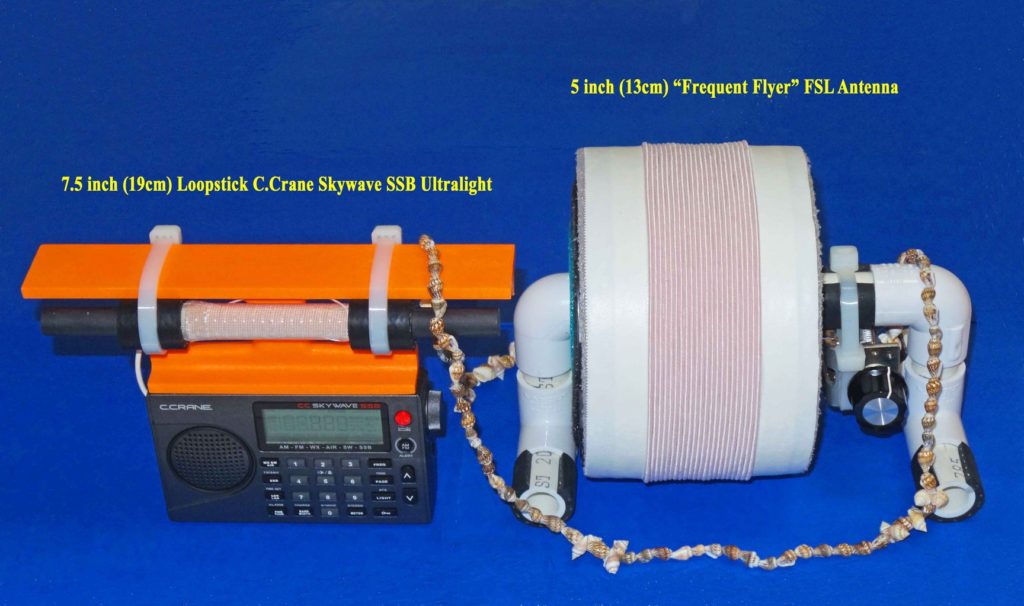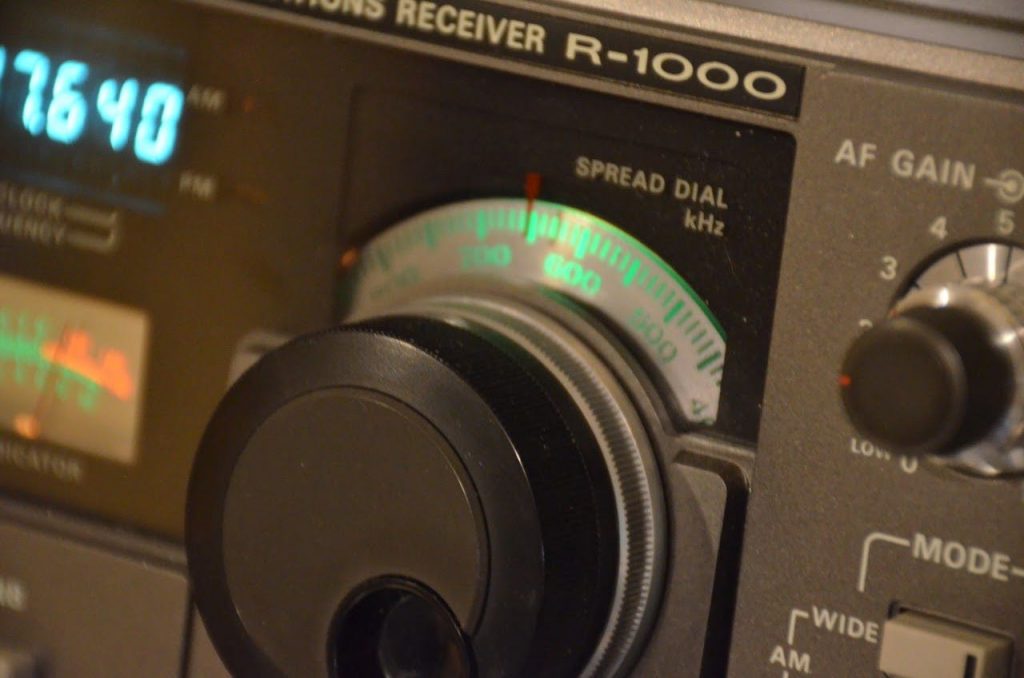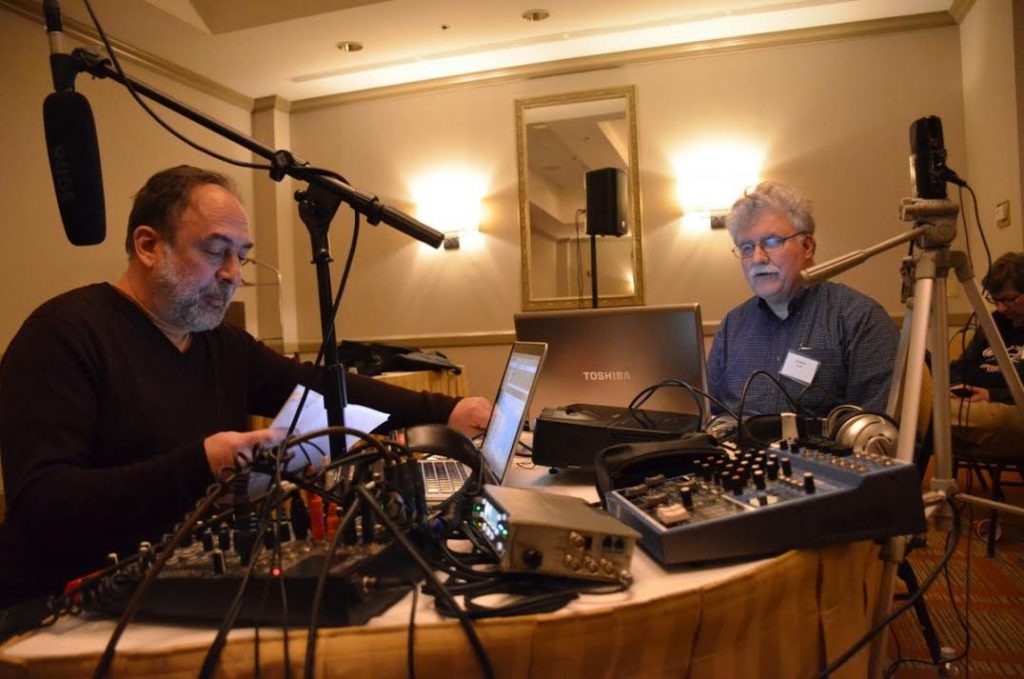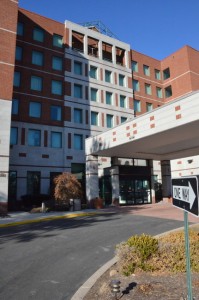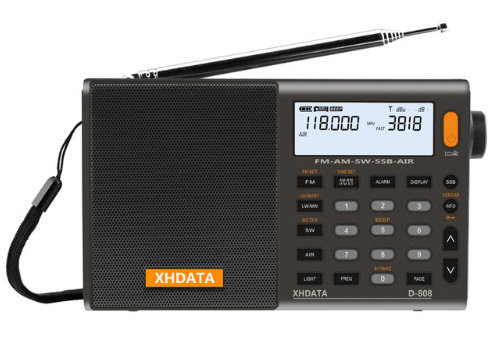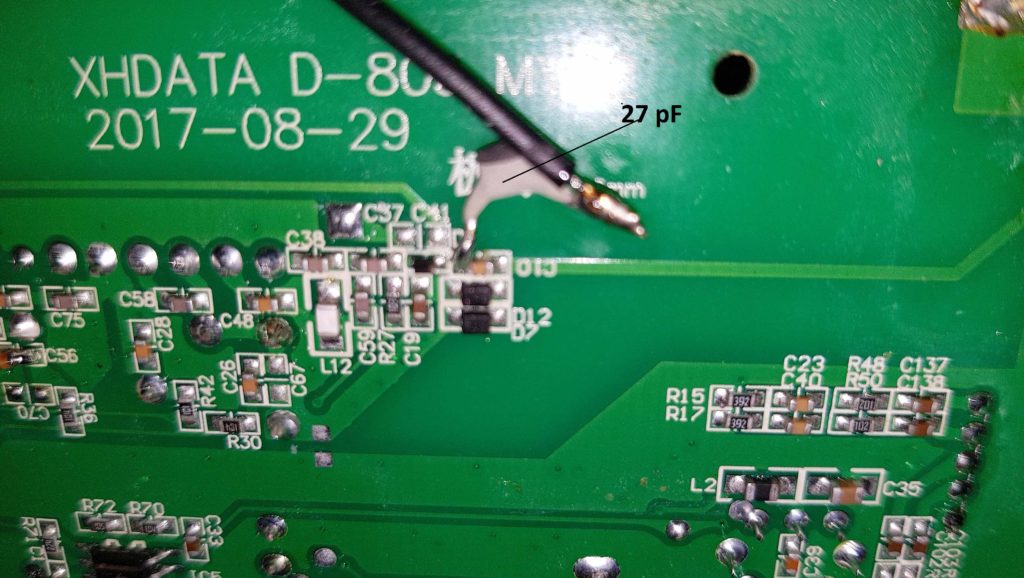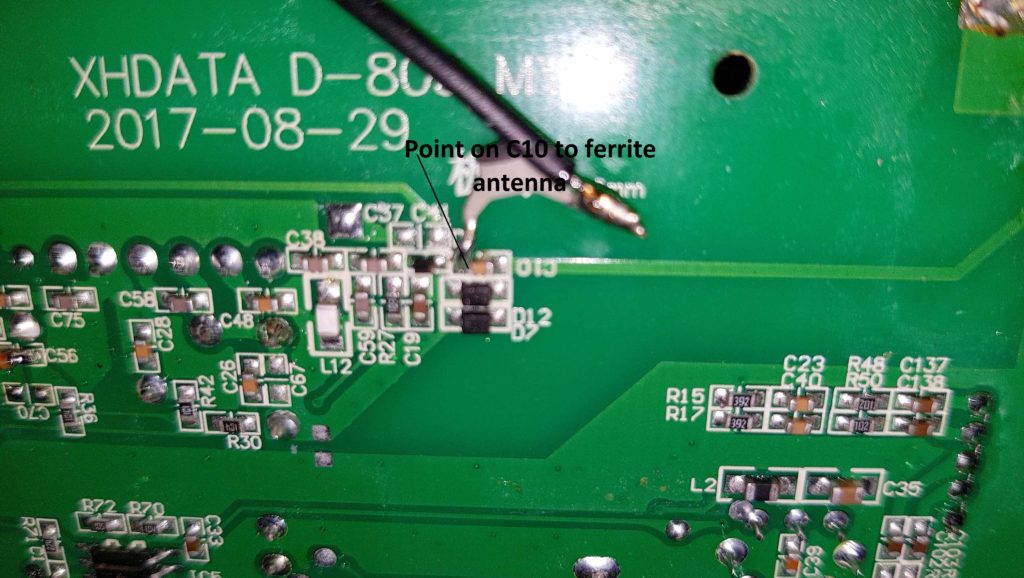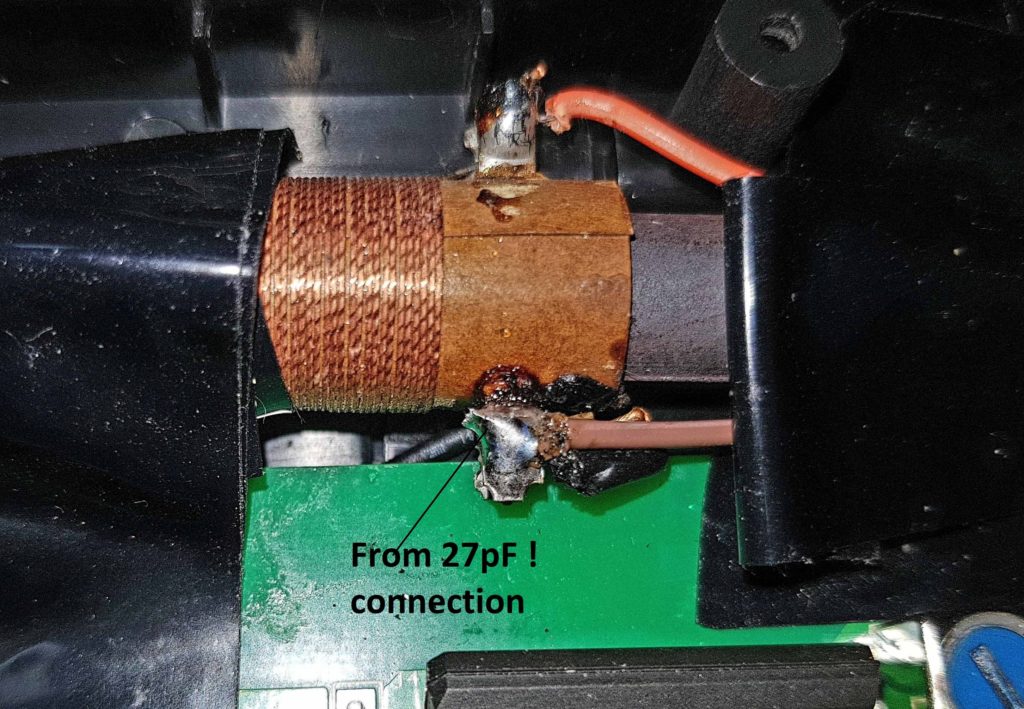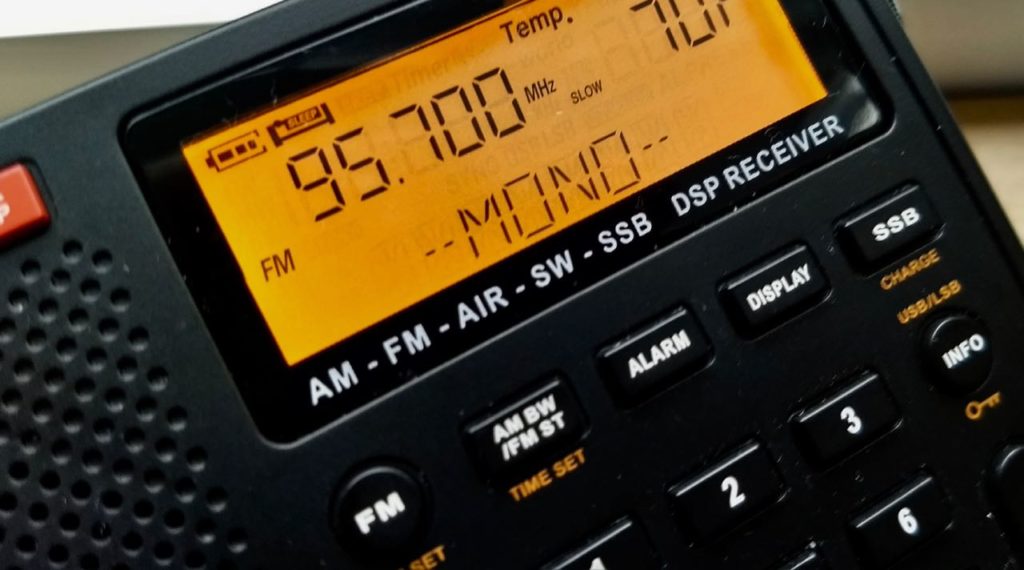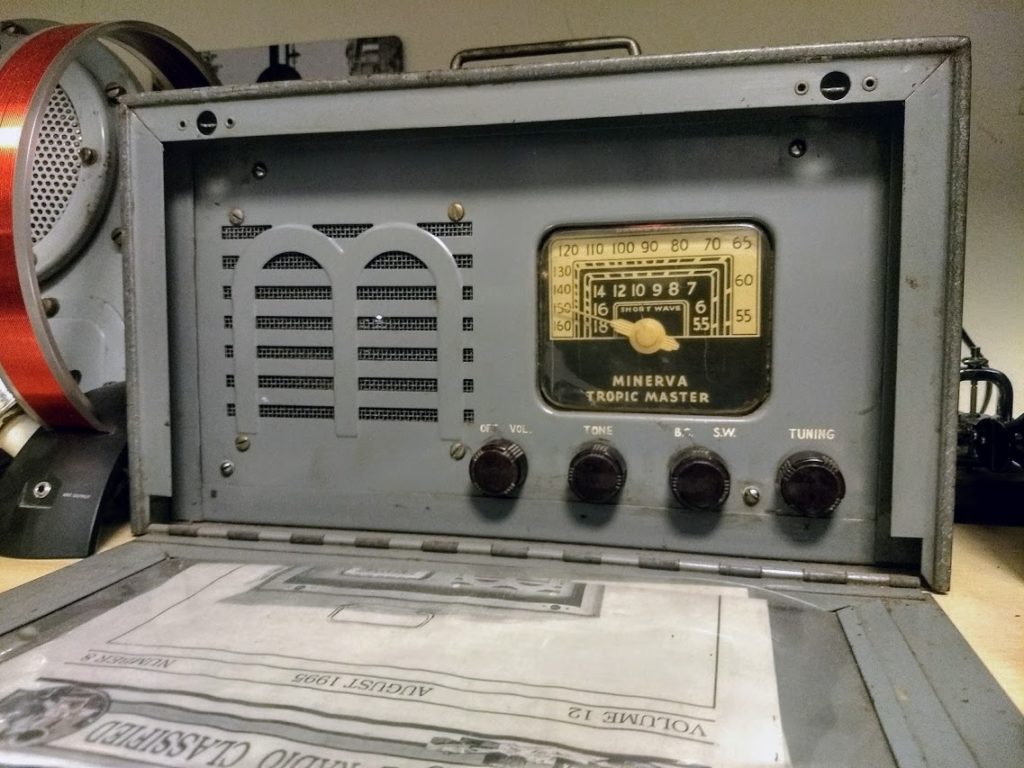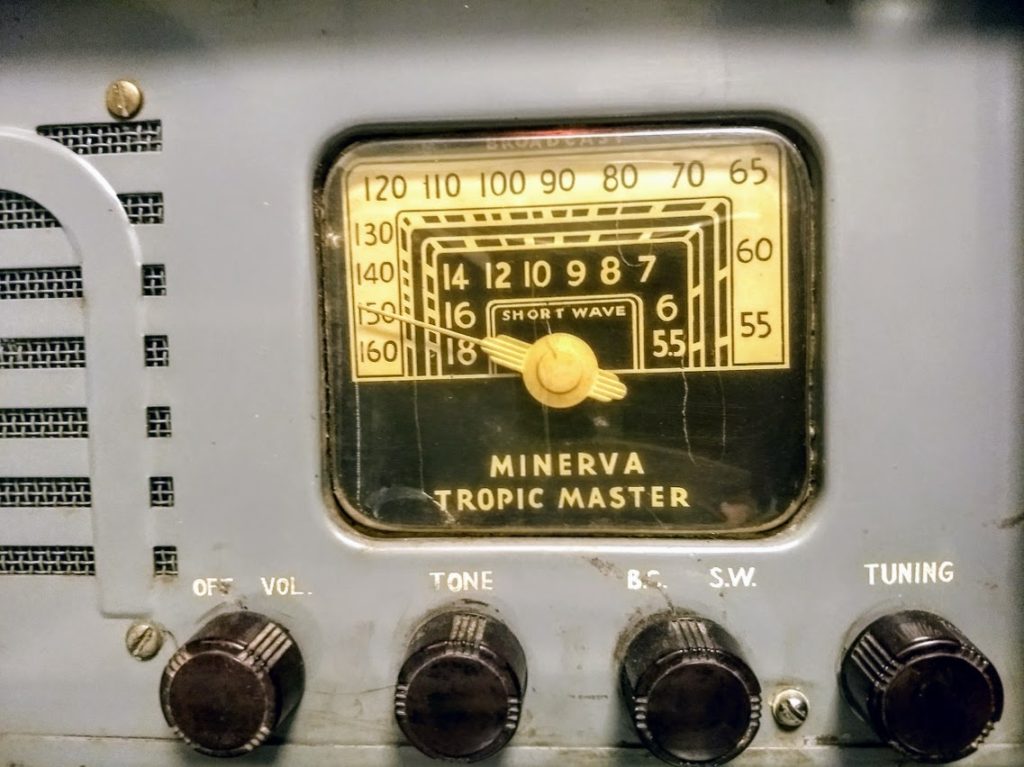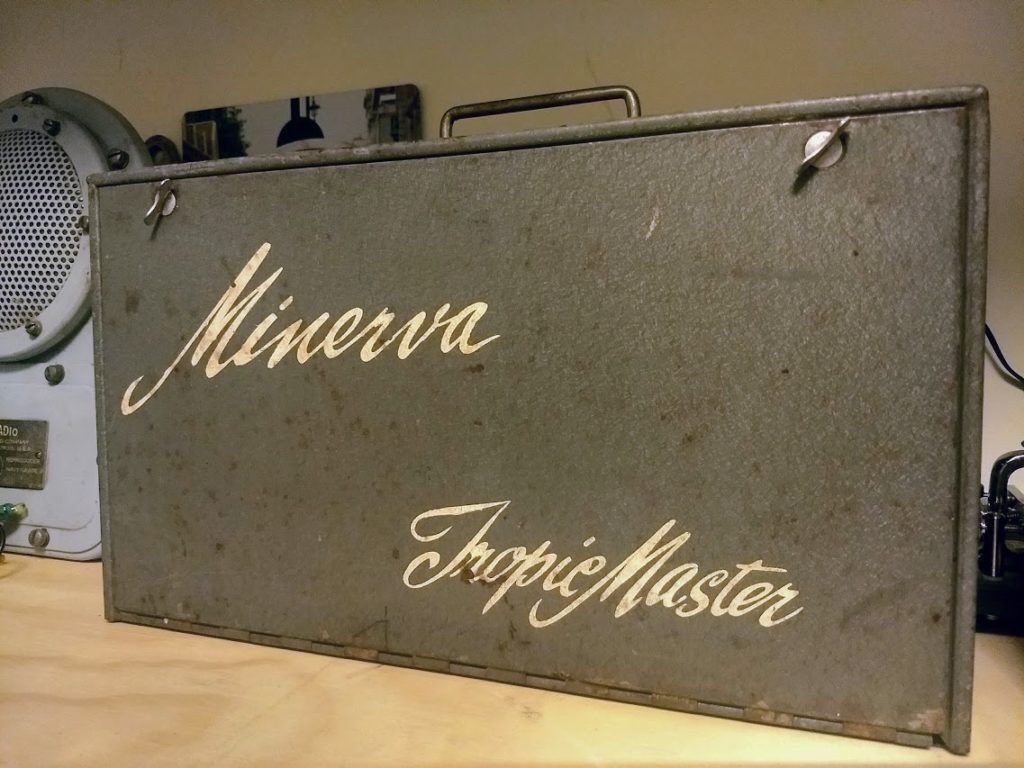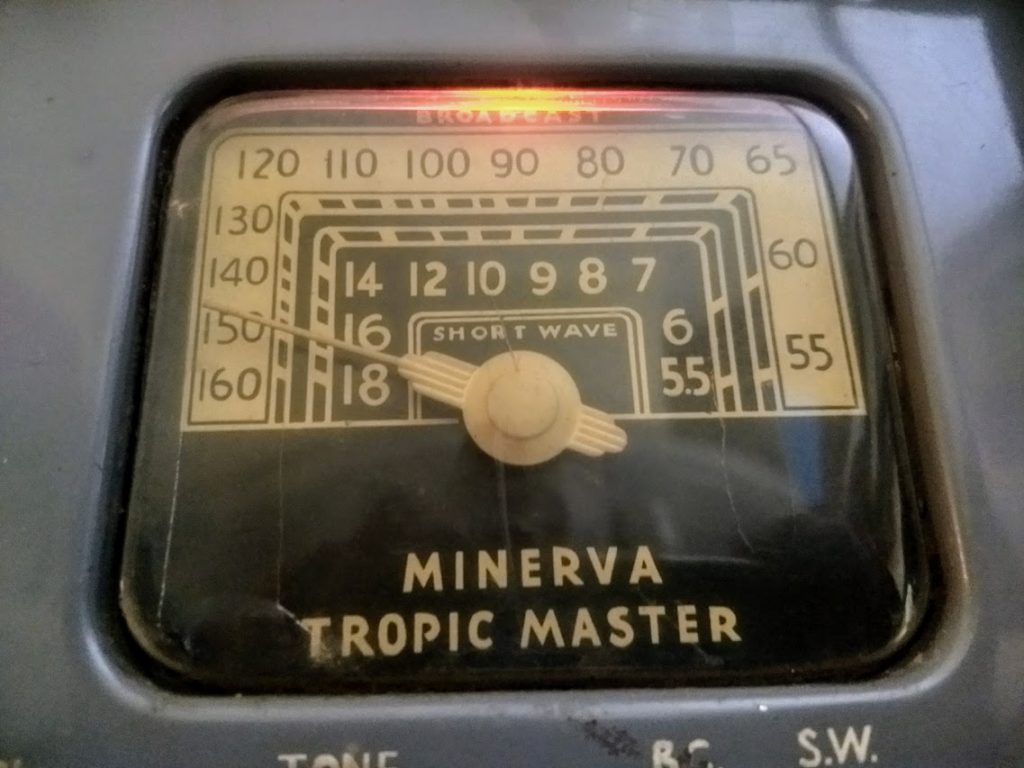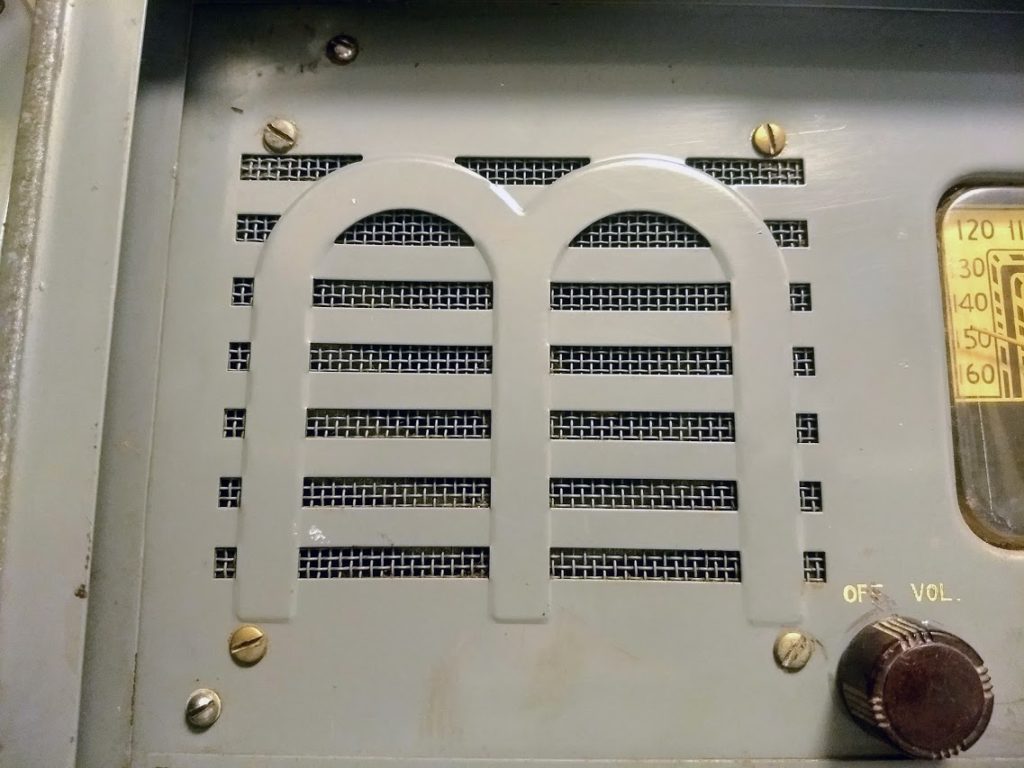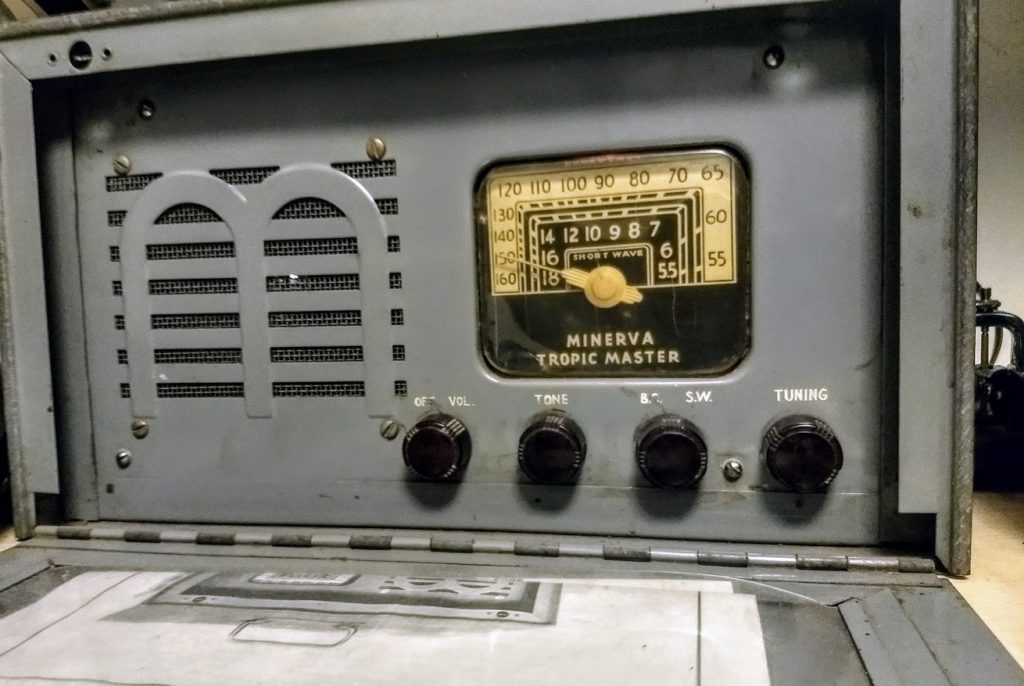Many thanks to SWLing Post contributor and intrepid Ultralight DXer, Gary DeBock, who shares this DXpedition summary with recordings:
Kona, Hawaii DXpedition– Pacific Island Results
by Gary DeBock
From December 17-20 a Mini-DXpedition was conducted in Kona, Hawaii with a 5 inch (13cm) “Frequent Flyer” FSL antenna and a 7.5 inch (19cm) loopstick C.Crane Skywave Ultralight radio.
The FSL antenna was a new type designed to easily pass through TSA security checkpoints at airports, and provide inductive coupling gain roughly similar to that of a 4 foot air core box loop. South Pacific island reception was generally good from 0630-0800 UTC daily, but usually became problematic after that when powerful Asian stations tended to drown out the exotic Pacific island stations as sunset progressed over Japan, Korea and China. By 0900 daily only the most powerful Pacific island stations on 621, 846, 1098 and 1440 had much of a chance of surviving the Asian signal onslaught, and even some of those were drowned out. During a similar visit to Kona, Hawaii with identical gear in April (DXing at the same motel) the Pacific island stations were generally stronger, and had no co-channel competition from the Asians from 0800-1030 UTC. As such the South Pacific results during this trip were slightly down from April, although there were still plenty of strong signals to record.
The new 846-Kiribati on Christmas Island was a star performer as the strongest island DU station, with local-like signals shortly after the Hawaiian sunset each evening. Despite this it had an intermittent transmitter cutout issue, with the signal failing to transmit at odd intervals (including one stretch with six signal dropouts within one minute, as documented in an MP3 linked below). In addition 846-Christmas Island’s programming had a variable time delay with that of distant 1440-Kiribati in Tarawa, with both a 19-second and 35 second time delay noted. This may be related to the transmitter cutout issue, with the time delay changing after a major dropout. DXers looking for a parallel with 1440 should keep this programming quirk in mind. Although both 846 and 1440-Kiribati signed off at the usual 0936 UTC time on the first couple days of the trip, they had both switched to a 1009 UTC sign off on the last couple of days. Whether this is a permanent programming change is unknown, but the loud 1000 Hz audio tone is still being broadcast before power is cut, resulting in a very easy way to distinguish the stations at sign off time (even in heavy domestic QRM).
846 and 1440 weren’t the only exotic DU’s with transmitter issues. 621-Tuvalu came down with distorted audio on December 18th, a problem which got worse and worse on the remaining two days. By the last day it was sounding very garbled, making a bizarre combination with 621-Voice of Korea’s buzzing Japanese service transmitter. Whether 621-Tuvalu has repaired its garbled audio is also unknown.
540-2AP was somewhat weaker than it was in April, while 558-Radio Fiji One was MIA during the entire trip (probably because of Asian QRM). Efforts were made to track down 630-Cook Islands but only a weak UnID was recorded. 801-Guam was possibly received during a Pyongyang BS/ Jammer fade, but 990-Fiji Gold was given a golden knockout by 990-Honolulu. 1017-Tonga showed up for a couple of good recordings, but got slammed by Asian co-channels after 0830. Efforts to track down 1035-Solomons ran into heavy 1040-Honolulu splatter, while 1098-Marshalls became the only Pacific island station to have stronger signals than in April. Its overwhelming signals after 0700 daily were one of the bright spots in Pacific island reception. Finally the new 1611-DWNX in Mindanao, Philippines was received at a strong level at 0855 on December 19th, apparently with a major boost from sunset skip propagation.
540 2AP Apia, Samoa, 5 kW Christian worship music at a good level through the T-storms at 0751 on 12-17, but not nearly as strong as in April:
621 R. Tuvalu Funafuti, Tuvalu, 5 kW This station had very strong signals until around 0800 on most evenings, when it usually began to be pestered by Asian QRM (China, N. Korea and NHK1). It also came down with a garbled audio issue on December 18th, which continued to get progressively worse until I left Hawaii. Sign off time is still around 1006, but by that time it ran the gauntlet of powerful Asian co-channels during the December propagation.
Local employment offers read by the usual lady announcer at an S9 level at 0750 on 12-18. This was the last undistorted audio signal recorded from the station during this trip; after this the audio went “south”:
Guest speaker in Japanese-accented English, followed by local island-type music at 0835 on 12-18– the first sign of audio distortion:
Full Radio Tuvalu sign off routine at 1003 on 12-18, but with China QRM initially. Tuvalu’s signal prevails during the national anthem, but the audio distortion is quite noticeable. The carrier apparently stays on for over a minute after the audio stops:
630 UnID While trying for the Cook islands (Rarotonga) I came across this weak Christmas music with English speech at 0742 on 12-17, although this could just as easily be a west coast domestic station playing the “exotic” to fool a hopeful DXer. Walt says this station is a notorious underperformer:
801 UnID (Guam?) Apparent Christian female vocal music received during Pyongyang BS/ Jammer fade at 0931 on 12-18, but no definite ID clues:
846 R. Kiribati Christmas Island, 10 kW This newly rejuvenated station had awesome signals, and was overall the strongest Pacific island station received. Of all the Pacific island DU’s it faded in at the earliest time after sunset, and maintained its strength even during strong Asian propagation — as long as it managed to transmit without its signal dropping out. Unfortunately this seemed to be a pretty common occurrence while I was in Kona. Island-type music at typical S9 strength at 0735 on 12-18:
This segment at 0620 UTC on December 17th features 6 signal dropouts within one minute:
This segment at 0944 UTC on December 18th is even worse– 9 dropouts in 90 seconds:
After a prolonged 846 transmitter dropout it seemed like the programming time delay between the distant 1440-Kiribati on Tarawa Island and the new 846-Kiribati on Christmas Island would change. On December 17th I recorded two different time delays– 19 seconds, as in the following recording (the MP3 starts out on 846 at 0635, switches to 1440 at the 1:02 point, then switches back to 846 at the 1:34 point, with a 19-second time delay evident between the 1440 and 846 programming (846 lags behind):
Later on the same evening there was a 36 second time delay between 1440 and 846, with this MP3 starting off on 1440 at 0645, and switching to 846 at the 11 second point:
1017 A3Z Nuku’alofa, Tonga, 10 kW Female native language speech at a very good level at 0858 on 12-19:
Somewhat weaker through the T-storms on 12-17 at 0734:
1098 R. Marshalls (V7AB) Majuro, Marshall Islands, 25 kW This station was very strong in Kona with its island music every night, and rarely had any Asian co-channels.
S9 Island music and native language speech (and possible ID) across the 0700 TOH on 12-17:
Equally strong island music and native speech at 0813 on 12-18:
1440 R. Kiribati Bairiki, Tarawa, 10 KW Somewhat weaker than its rejuvenated 846-Christmas Island parallel (which has variable programming delay times, as explained above), this home transmitter could hold down the frequency until around 0800 every night, after which it was usually hammered by JOWF in Sapporo. Despite this it often put up a good fight until its new sign off time of 1009, and it continues to use the loud 1000 Hz tone right before the power is cut (an awesome aid for DXers hoping to ID the station through heavy QRM).
Typical island language speech and strength level at 0830 on 12-18, just as it is starting to get jumbled by JOWF (a Japanese female “Sapporo desu” ID is at 25 seconds):
Full sign off routine at 1005 on 12-19, including the National Anthem and the 1000 Hz tone before the power is cut. The tone gets through the JOWF QRM like a DXer’s dream:
1611 DWNX Naga City, Mindanao, Philippines, 10 kW (Thanks to Hiroyuki Okamura, Satoshi Miyauchi and Mauno Ritola for ID help) Received at 0855 on 12-19, this station was a mystery until the Japanese friends matched the advertising format with that of a new, unlisted station which just came on the air in the Philippines. The propagation apparently got a major boost during sunset at the transmitter:
73 and Good DX,
Gary DeBock (DXing at the Royal Kona Motel with a 7.5″ loopstick C.Crane Skywave Ultralight+
5 inch (127mm) “Frequent Flyer” FSL antenna.
Demo video of the “Frequent Flyer” FSL antenna:
Click here to view demo on YouTube.
Thank you for sharing your Hawaiian DXpedition with us, Gary! Your mediumwave DX catches with modest equipment reminds us all that when HF propagation is poor, there is still so much signal hunting below 2 MHz!
Interested in Ultralight DX? Check out archived posts in our Ultralight DX category.


